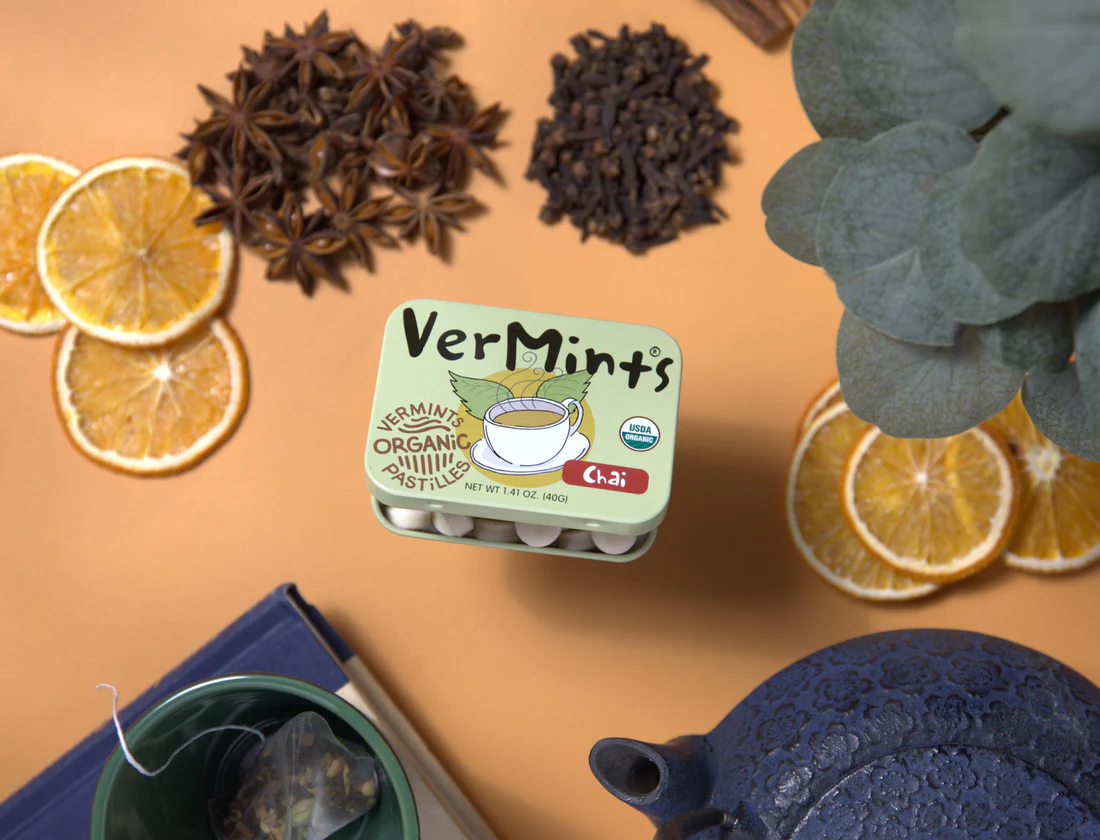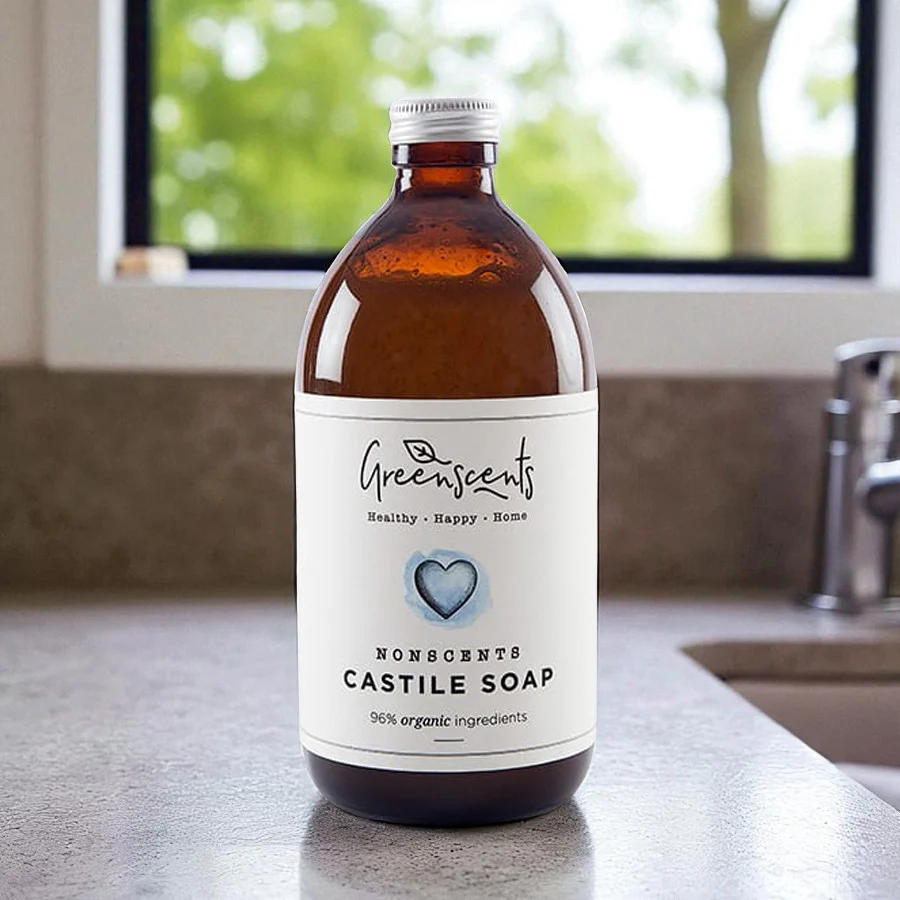How to Prevent Chewing Gum Litter
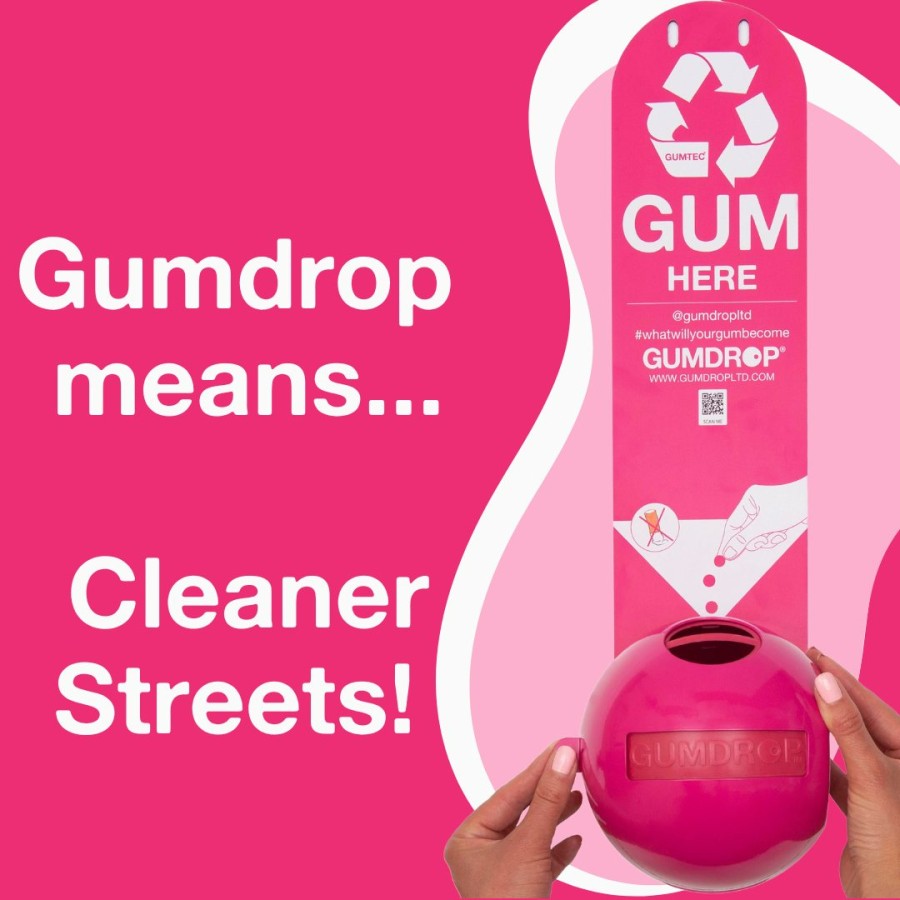
The Gumdrop Bin is an ingenious invention by a Brighton designer. The bright pink ‘ball-shaped bins’ take gum that is then sent off when full to make into new gum bins.
The company also makes personal gum bins that once full, you can download a freepost label to send it off, and get discounts on new ones. Collectively, the company is saving clients (including schools and offices) over £1 million in cleaning bills.
One full bin contains 500 pieces of gum (enough to make 3 new bins) and can be permanently mounted to the wall or posts in shopping centres, football stadiums, public toilets, bus stops and train stations, supermarkets, car parks, theme parks, cinemas, pubs and anywhere else.
Just sign up to receive your Gumdrop bins and a welcome pack within days. The bad news is that in some trials, people have inexplicably been ripping them off posts to take home as souvenirs.
Issues with the Chewing Gum Market
Gum is lethal to pets, birds and wildlife if licked, due to sweetener xylitol. As most gum is littered on streets, it’s so important to pick it up (there should be pack warnings).
It’s not true that chewing gum stays in your stomach, but you should not swallow it (same with bubble gum, both are choking hazards).
You can freshen your breath by drinking more water, giving up smoking and pressing a slice of cucumber on the roof of your mouth for 90 seconds and press on it with your tongue (nature’s instant breath-freshener!) Or choose organic mints.
Councils are responsible for clearing it up on public land and private landowners (including shops) are responsible for cleaning it up on public land. If they don’t (no matter who dropped it) you can report it at Fix My Street and councils can serve litter abatement orders.
Doctors are not fans of chewing gum, saying over-use can lead to jaw pain, headaches, diarrhoea and tooth decay. Do not use gum if you have fillings or dentures.
In Singapore, it’s illegal to chew gum unless prescribed by a doctor or dentist.
What’s Exactly in Chewing and Bubble Gum?
Wrigley (owned by the massive multi-national brand Mars) is the world’s largest chewing gum brand. Like most gum brands, it was originally made from chicle (latex) but now is more plastic and xylitol. It owns nearly all the main brands, which are a mix of pet-lethal xylitol, aspartame (an artificial sweetener) and sorbitol (which can cause laxative effects, in large amounts).
Hubba Bubba (bubble gum) contains corn syrup (a non-natural alternative to sugar) aspartame (cause artificial sweetener), BHT (a lab-made preservative that is medically used to treat genital herpes) and artificial dyes including blue lake 1 (linked to all kinds of issues) and yellow lake 5 (a dye that you remember was removed from fish fingers and orange squash, for sending children off the wall).
How to Easily Remove Stuck-on Gum
The simplest method is to rub the gum with ice (or freeze the item, then use a spoon or paint scraper to remove. Alternatively, heat white vinegar and use an old toothbrush to soften (you can sprinkle bicarbonate of soda to fizz and dissolve stubborn gum). Canned air (used to clean in-between computer keys) is also good.
To remove gum stuck in your hair, cover with olive oil (or peanut butter – not near dogs or they’ll lick your head!). Wait a few minutes, and it should come out easily, then wash your hair.
Max’s Organic Mints (from The Netherlands)
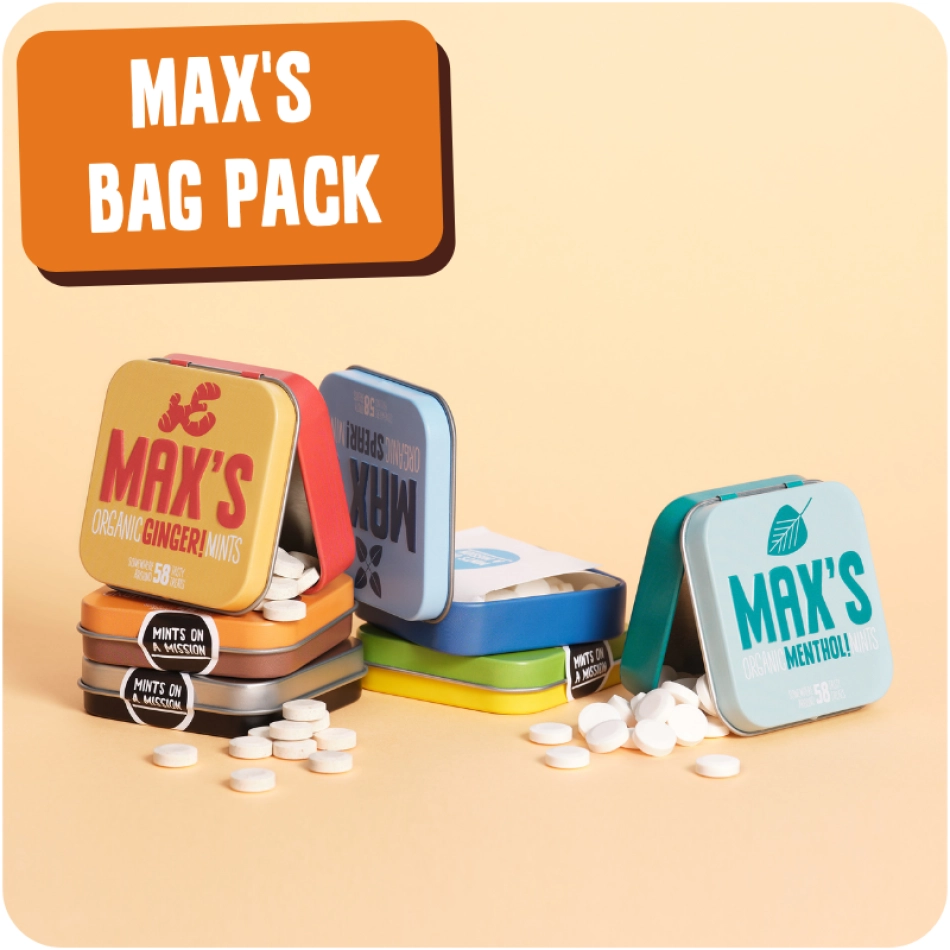
Chewing gum litter is one of England’s biggest street litter problems. But if you want fresh breath, a far better idea is simply to carry a tin of organic mints around, just like your grandpa did!
Unfortunately, most stores in England no longer stock them, instead preferring to sell plastic packs of mints. So stock up from The Netherlands with packs of Max’s Organic Mints, sold in sweet little tins (or compostable bags).
Organic mints also don’t give you jaw ache, and are free from pet-toxic sweetener xylitol (in most gums, and lethal to wildlife and dogs, if littered on streets.
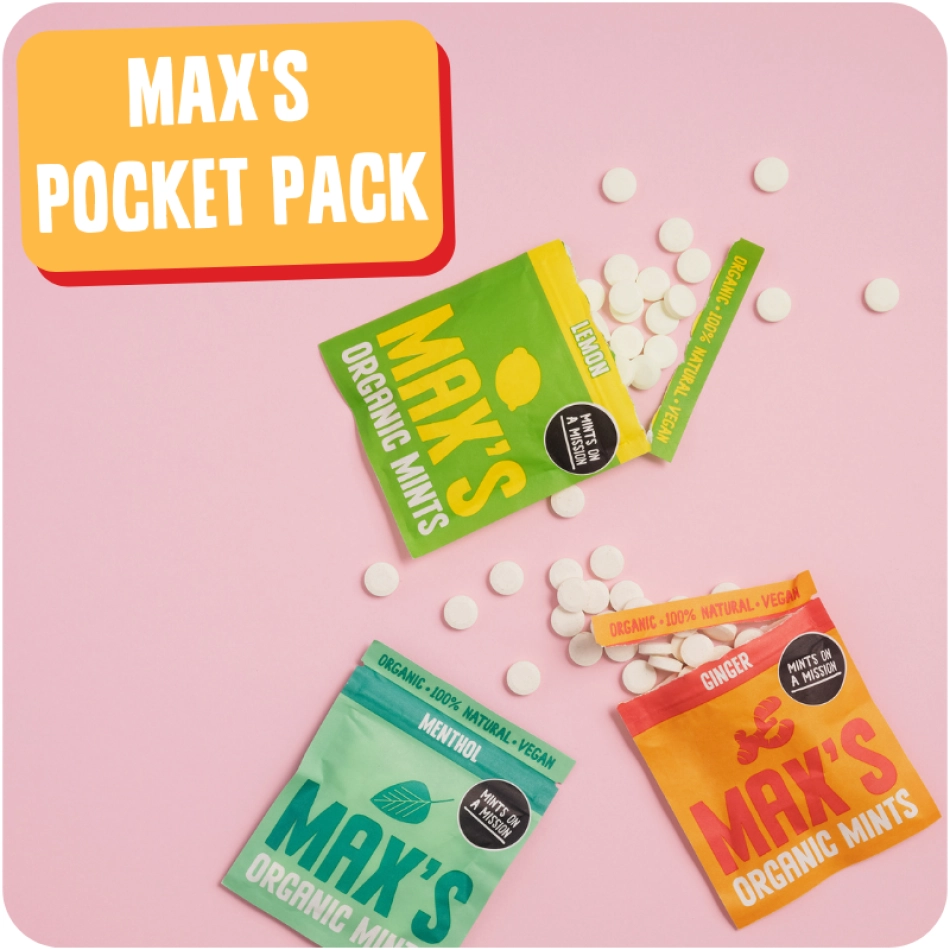
Another good brand to inspire mint-makers is Vermints (US), again organic and sold in tins. Why with all England’s litter problems, are no makers here offering something similar?
